
Photos courtesy of the Illinois Department of Natural Resources.
Before Terry Esker took a quick peek at a 16-acre field in Marion County in July 2021, the only known Illinois populations of the prairie rose gentian consisted of mostly 10 to 100 plants. And those numbers were declining.
But a eureka moment happened when Esker, an Illinois Department of Natural Resources (IDNR) stewardship specialist for southern Illinois, saw plants with five pink petals and a yellow center in the field that underwent a prescribed burn in early September 2020.
The next day, he returned with Sheila Lyons-Sobaski, who has been studying the plant since 1995.
They estimated there were at least 55,000 prairie rose gentians (Sabatia campestris) in 2.8 acres on the field which is part of the Prairie Ridge State Natural Area. And that was a conservative estimate, said Lyons-Sobaski, an associate professor of biology at Albion College in Michigan.
“That is by far the largest population of Sabatia campestris that has been observed in Illinois since it was listed as an Illinois endangered species,” said Esker. “This single population, previously unknown, has significantly increased the long-term outlook for this state-endangered species.”
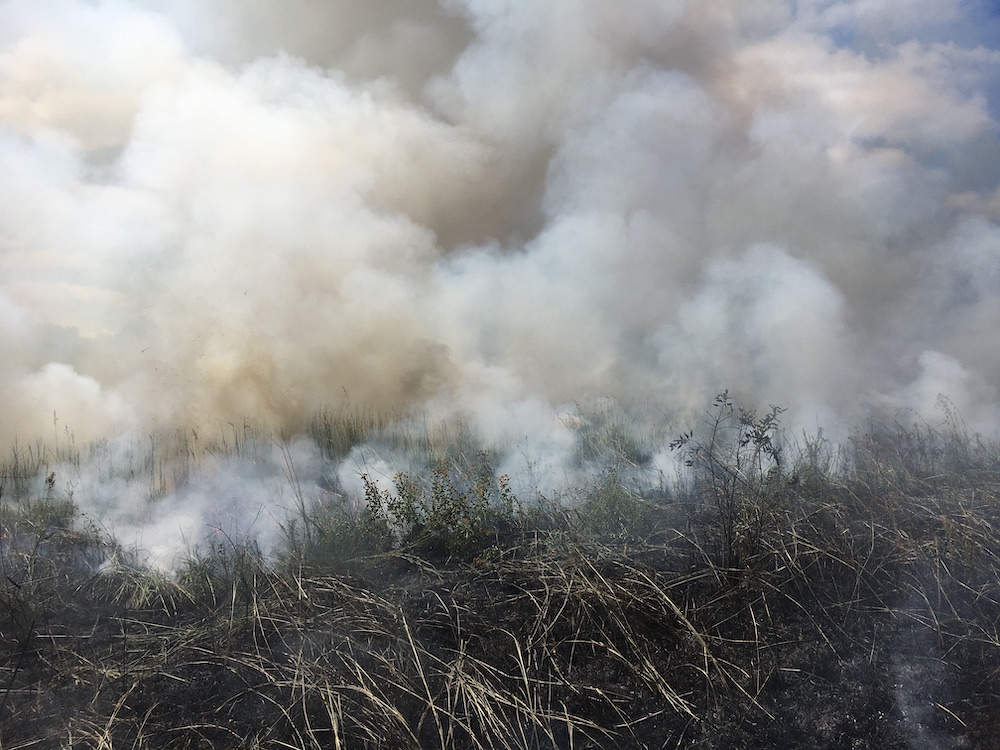
He added this discovery offers a big clue as to when prescribed burns should be done to manage natural areas for various plant species.
Lyons-Sobaski said she was stunned when she saw the prairie rose gentians twinkling on the prairie.
“It was very exciting and surprising to see so many plants in one area,” she said. “And then to see insects flying around and native prairie plants growing such as mountain mint and compass plant. It was just wonderful to see the diversity in these sites that are protected. It showcases so much diversity that you don’t see when driving on the interstate. There are a lot of gems out there.”
After her graduate work studying the prairie rose gentian, Lynn-Sobaski continued to survey the plants annually, driving from Michigan to southern Illinois and joining Esker to do surveys.
“What we’ve noticed on the sites we’ve been following was a decline in populations over time,” she said.
Most of the populations occur in southeastern Illinois in Effingham, Fayette and Marion counties, including tracts within the Prairie Ridge State Natural Area, which is managed to create a matrix of different grassland habitats.
“Most of these populations are located either on conservation easements held by the Illinois Department of Transportation and managed by IDNR, or on dedicated tracts owned and managed by IDNR,” Esker said.
The tract where the gentians were found in July 2021 was purchased in the 1970s and has been managed as a grassland by the Division of Natural Heritage since then.
The prairie rose gentian can be found in southern Illinois south to Texas, where it’s much more common.
Lyons-Sobaski said the prairie rose gentian is an important species because it’s an annual while many native prairie plants are perennials.
“It has an interesting strategy,” she said. “It acts like a male plant when the flower opens and there’s pollen available to small bees and other pollinators. A few days later, the female plant parts uncoil and are receptive to pollen, allowing for seed development.”
Each seed is about half the size of a poppy seed, and each fruit contains hundreds of seeds.
“Capsules containing the seeds open and the seeds scatter on the ground close to where the flower bloomed,” Lyons-Sobaski said. “Many seeds can lie dormant in the soil through one or more growing seasons.
As soon as they germinate, though, they need moisture or they’ll die.
“We think wet springs are really important for the plant,” she explained.
The plants also need a certain amount of light. That’s where the timing of the prescribed burn matters.
Esker said: “This species seems to respond very positively to growing season burns conducted from mid-August to mid-September. These burns reduce dense grass competition, which allow annuals like Sabatia campestris to germinate and flower.”

The prairie rose gentian seems to respond best to growing season burns compared with those conducted in the dormant season, Esker said.
Lyons-Sobaski said the blooming plants discovered at the new site in July could be remnants of a very long-lived seedbank.
She added that the discovery of the new population and how the plant responds to burn management will help botanists understand what it takes to keep the prairie rose gentian thriving.
“Not seeing robust populations of this species for so long makes you worry about the biodiversity of the region. Extinctions happen losing one population at a time. I also have to wonder if climate change is influencing the plants in those other populations,” she remarked.
Esker said the IDNR is reviewing data from the smaller populations of the plant to see what the response has been to burn times. Lyons-Sobaski added there might be opportunities to sprinkle seeds from the wealth of plants in other suitable habitats. She might consider doing a soil sample to see if seeds are plentiful enough in the newly discovered location to scatter in other similar habitats.
The bottom line: “With this discovery of a new healthy population on protected land, there’s hope for the prairie rose gentian,” she said.
Sheryl DeVore writes environment and nature pieces for regional and national publications and has had several books published, including “Birds of Illinois” co-authored with her husband, Steven D. Bailey.






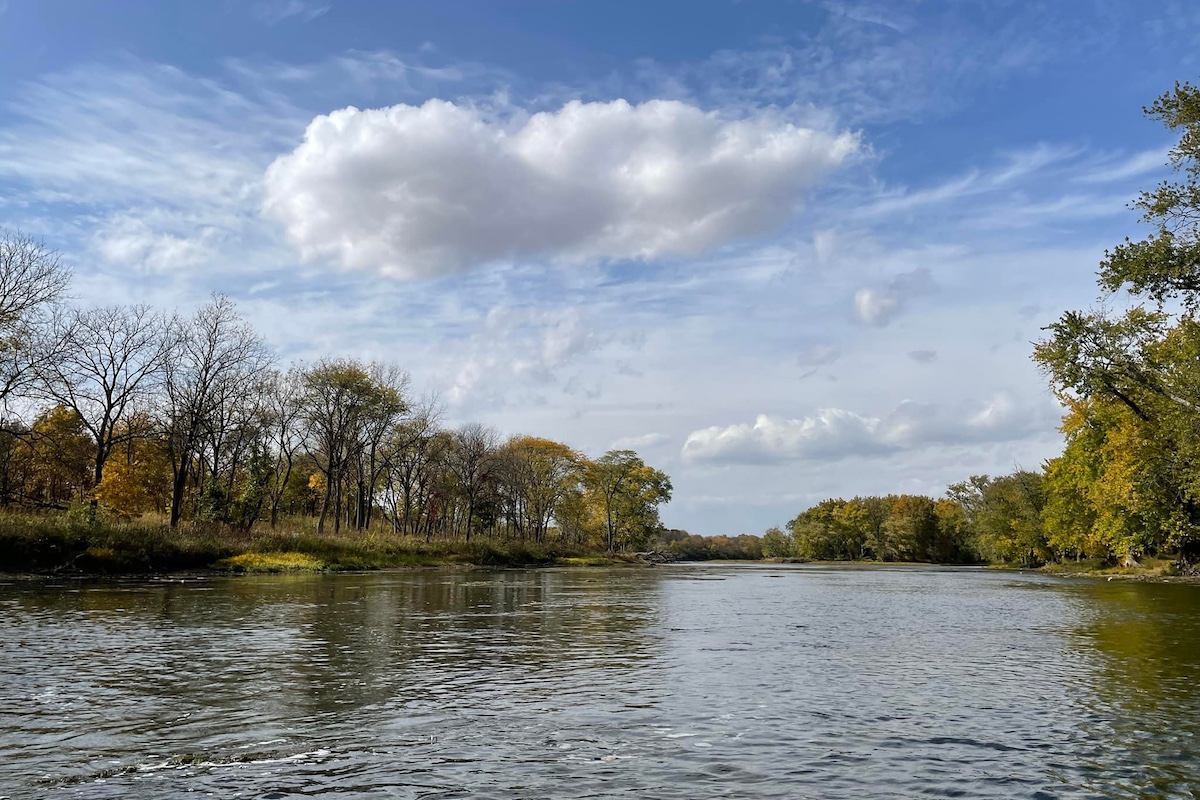
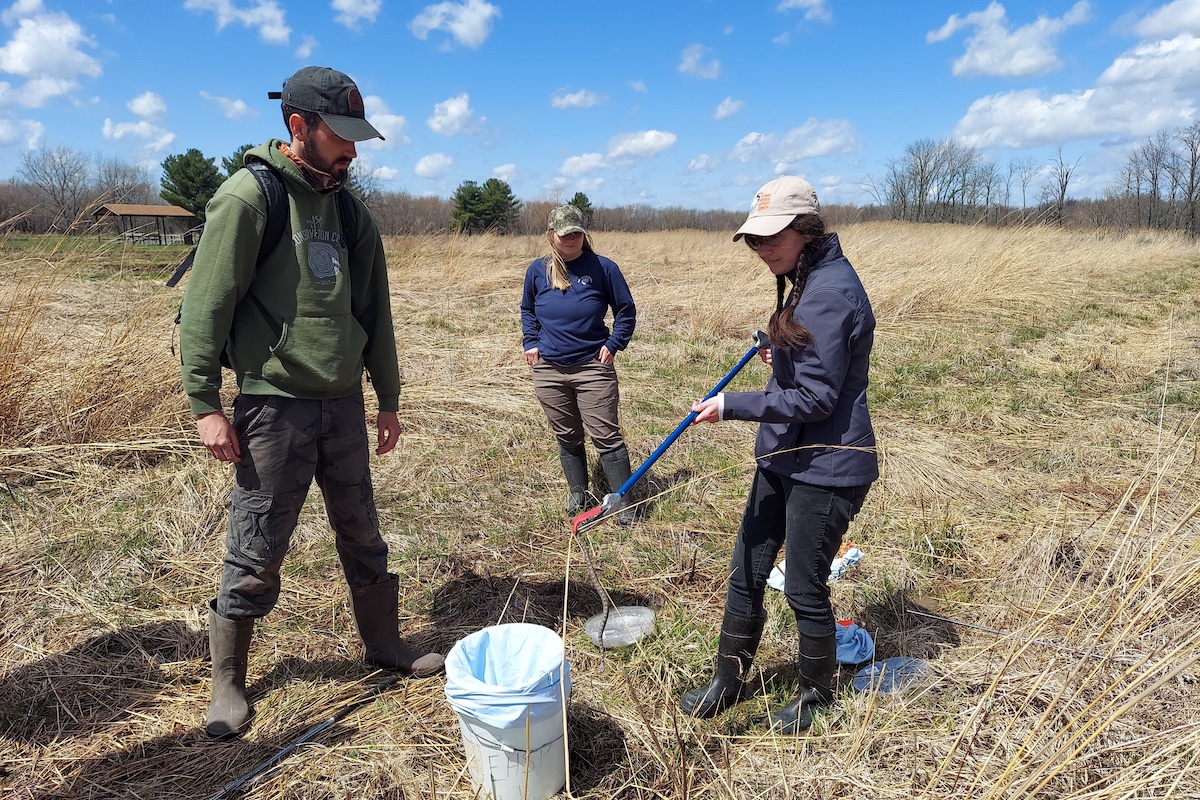
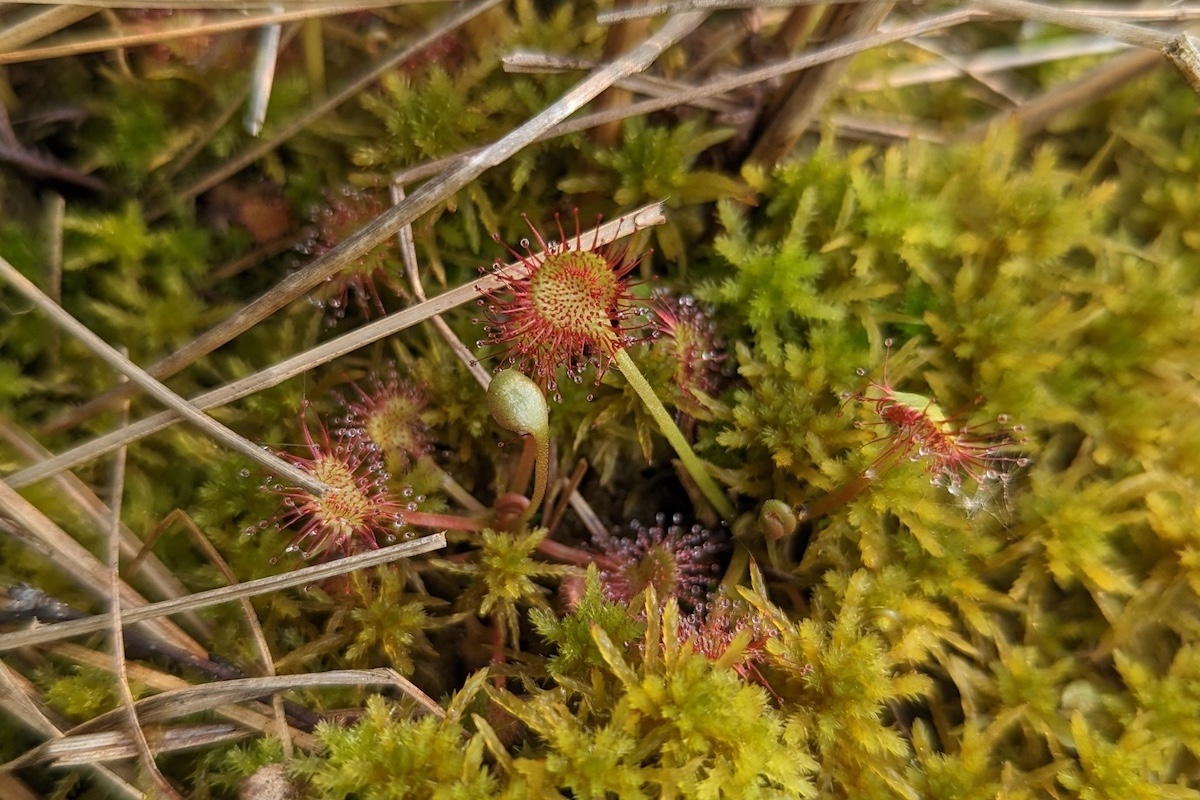
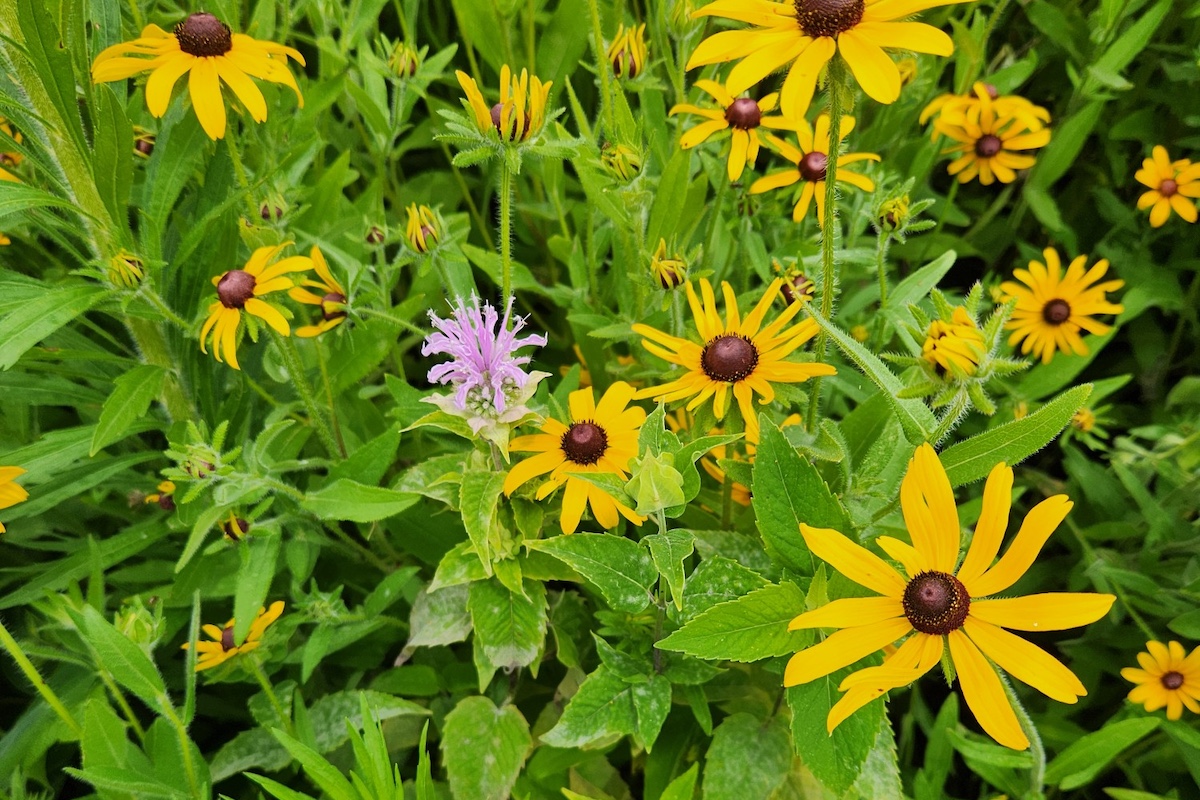
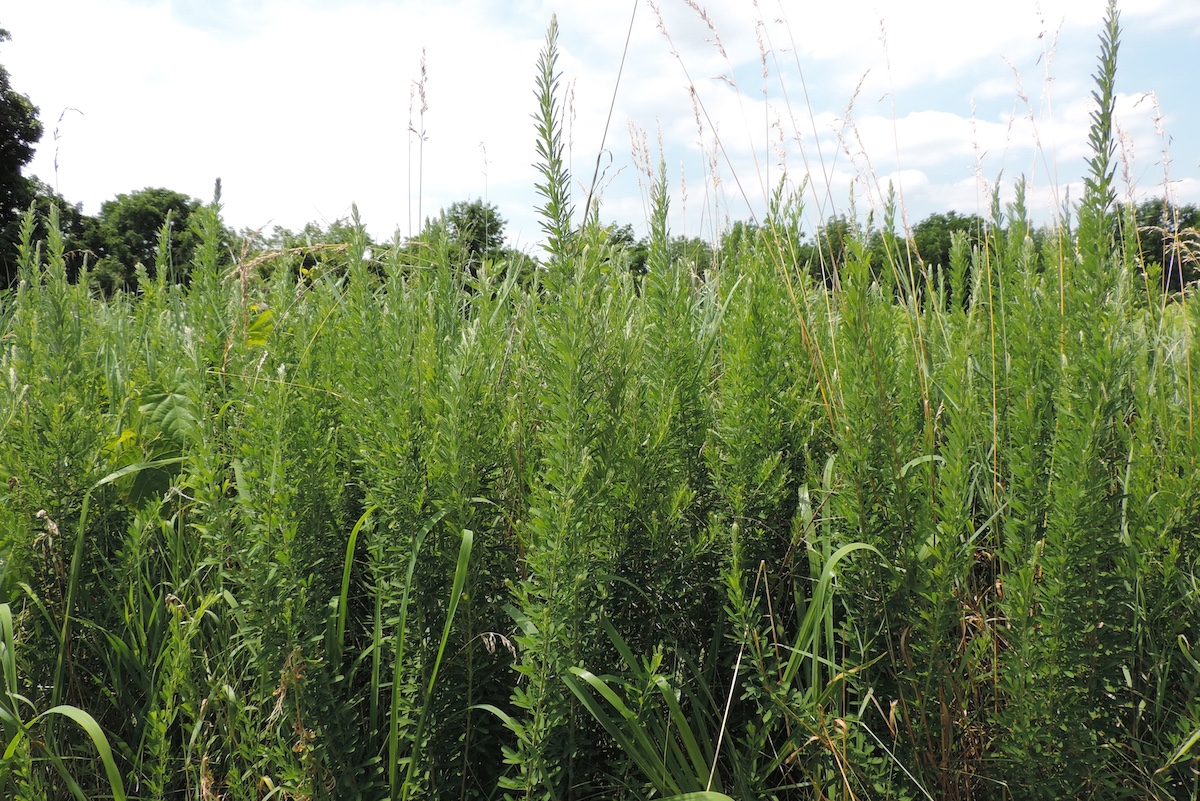
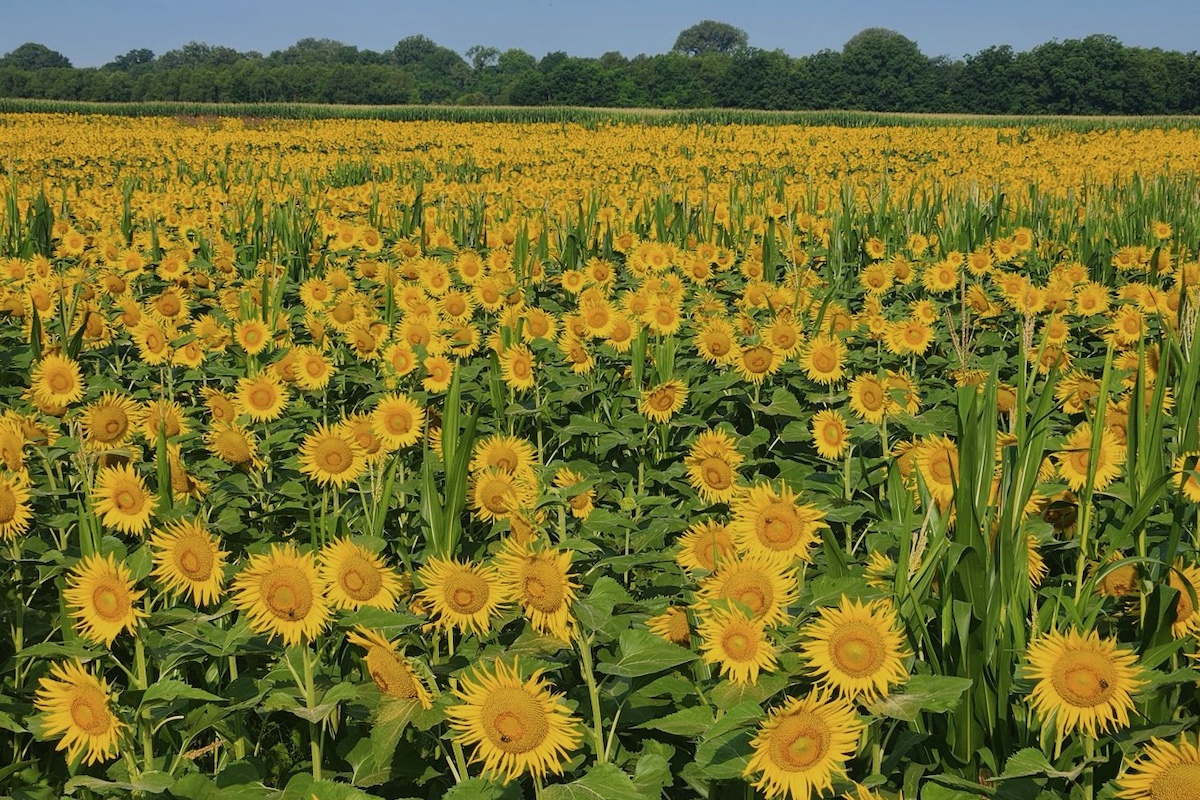
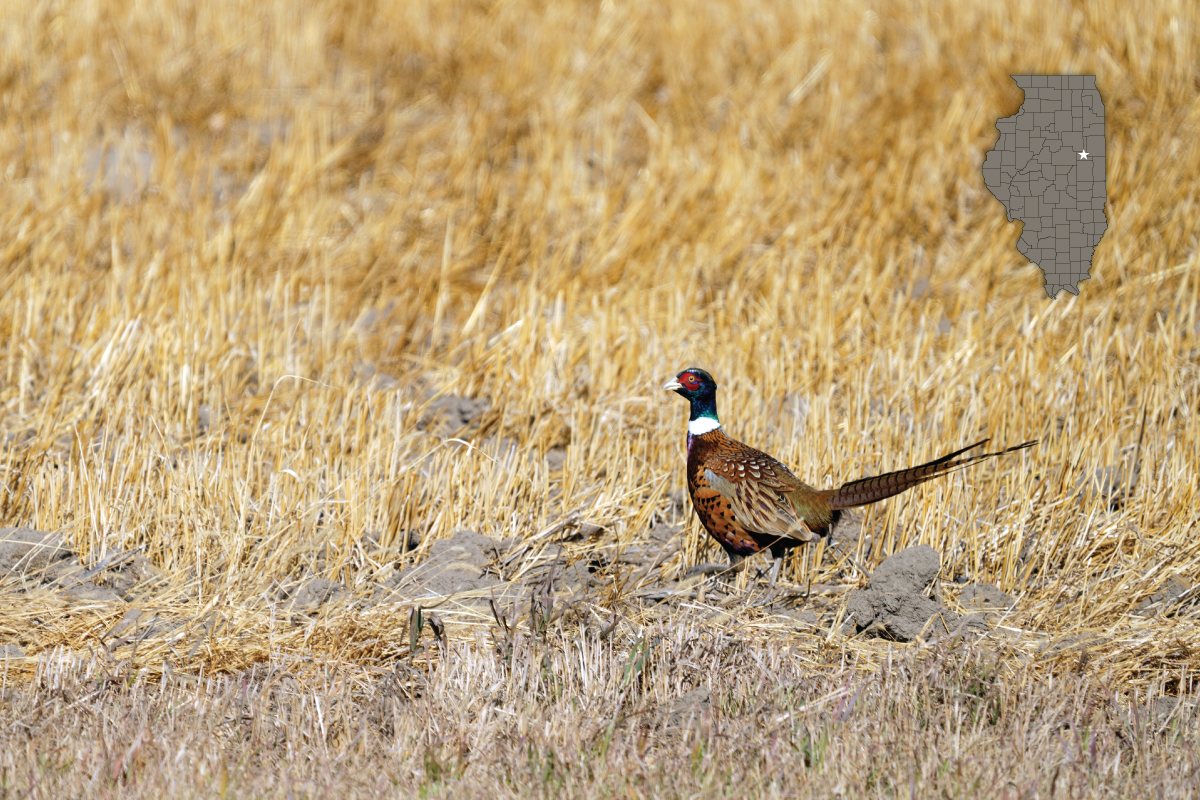
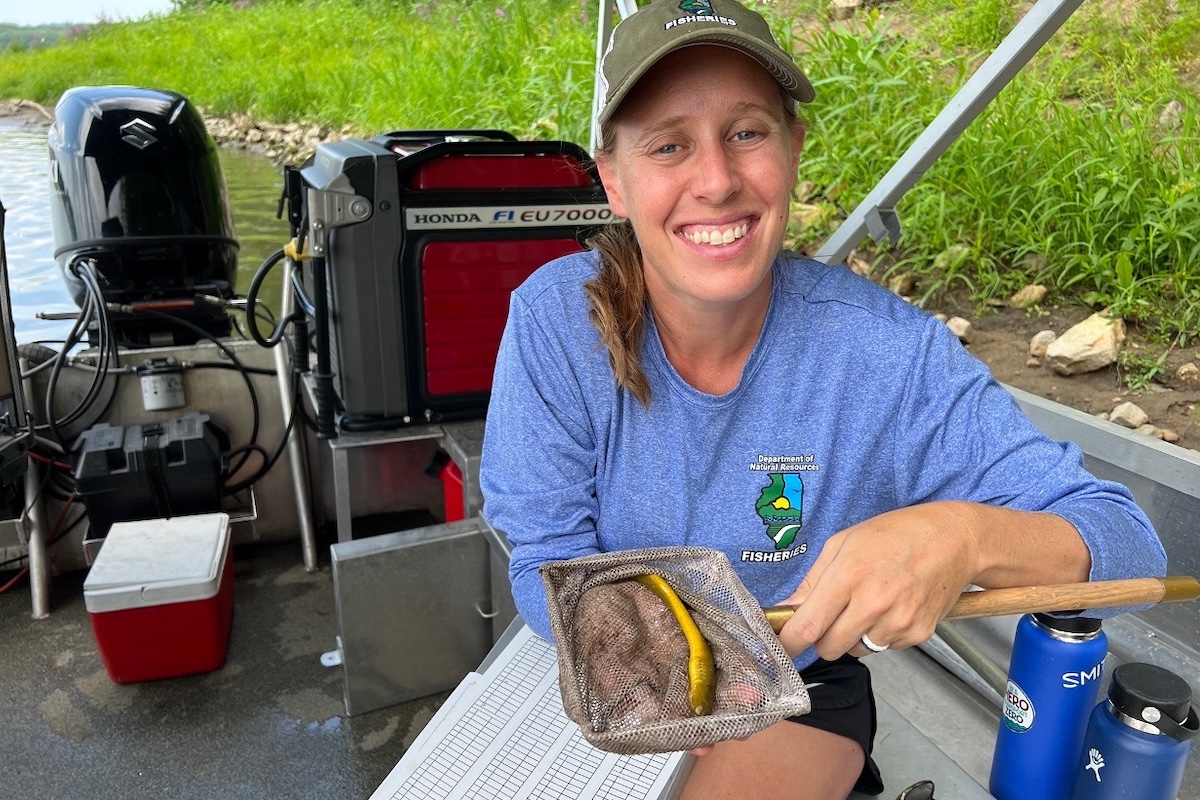
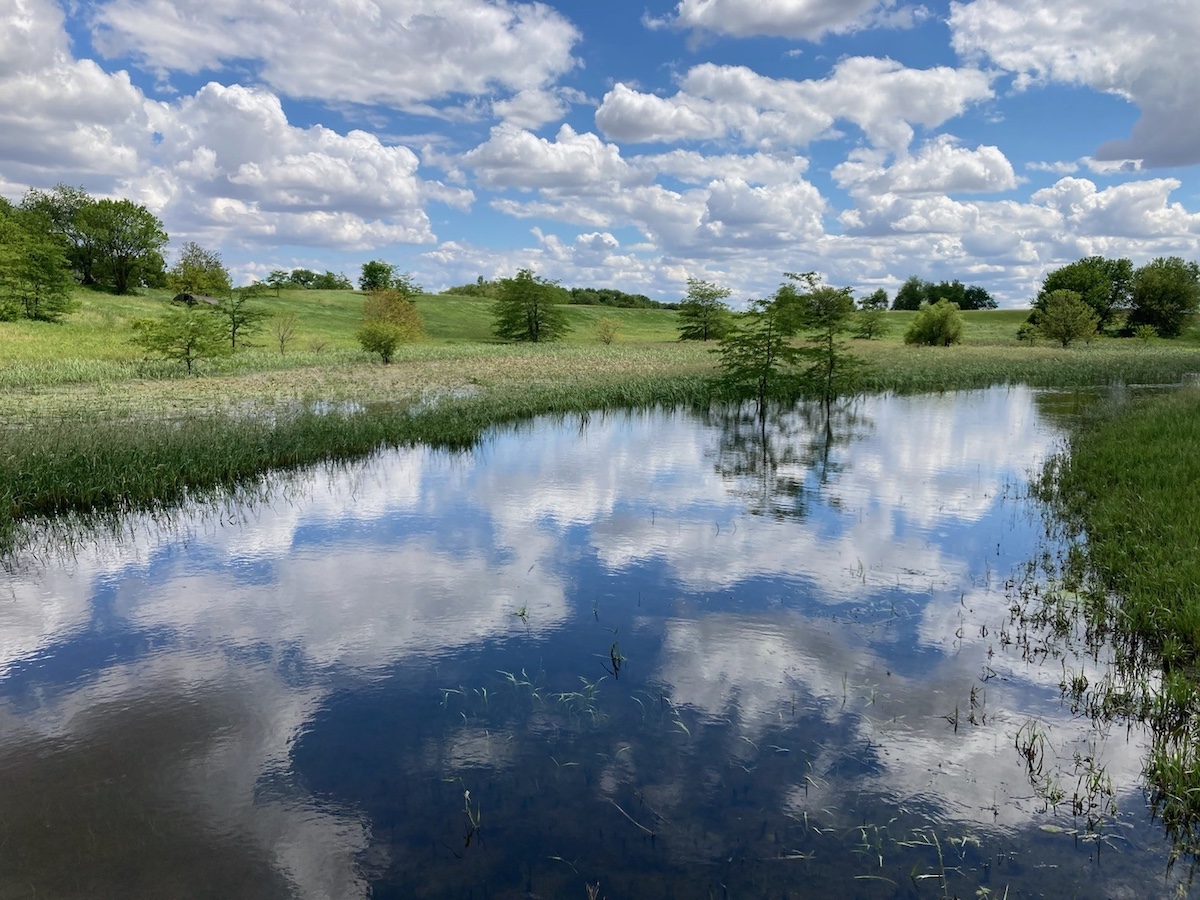

Submit a question for the author